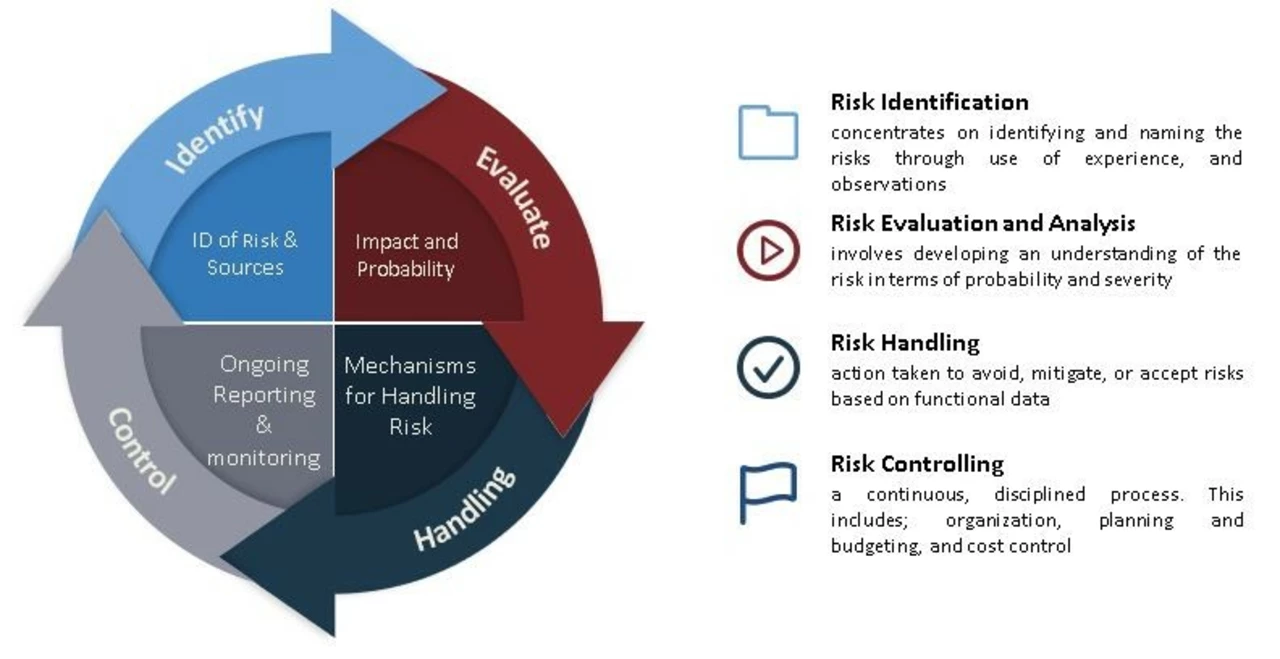Quetiapine: Uses, Dosing, Side Effects, and Practical Tips
Quetiapine (brand name Seroquel) is an antipsychotic used to treat schizophrenia, bipolar disorder, and as an add‑on for major depression. It calms racing thoughts, reduces hallucinations, and helps stabilize mood. Doctors prescribe different strengths depending on the condition and patient history.
Common starting doses vary. For schizophrenia adults, doctors often start at 25–50 mg twice daily and increase over days to 300–400 mg daily. For bipolar mania, initial doses may be higher with faster ramp up. For depression augmentation smaller doses like 50–150 mg at night are common. Always follow your prescriber's plan.
Quetiapine works by changing levels of dopamine and serotonin in the brain. That action helps symptoms but also causes side effects many people notice. Sleepiness and weight gain are the most frequent. Other common issues include dry mouth, dizziness when standing, constipation, and increased appetite.
Less common but serious side effects need attention. Watch for signs of high fever, stiff muscles, confusion, irregular heartbeat, fainting, or uncontrollable movements. If you notice these, get medical help right away. Older adults with dementia have higher risk of stroke and death on antipsychotics; quetiapine is not approved for that use.
How to manage side effects: take quetiapine at night if it makes you sleepy. Eat balanced meals and track weight weekly. Stay hydrated for dry mouth and use sugar‑free gum. Stand up slowly to avoid dizziness. Talk to your doctor about switching drugs or adjusting dose if weight gain or sleep problems persist.
Drug interactions matter. Quetiapine can interact with CYP3A4 inhibitors like ketoconazole or certain antibiotics and antifungals, raising quetiapine levels. Carbamazepine and other inducers lower levels. Mixing with alcohol or other sedatives increases drowsiness and breathing risk. Always tell your provider about other meds and supplements.
Monitoring during treatment usually includes checking weight, blood pressure, fasting blood sugar, and lipids. If you have diabetes risk factors, providers watch blood sugar closely since quetiapine can raise glucose. Periodic follow‑up helps catch problems early.
Missed doses and stopping: if you miss a dose, take it as soon as you remember unless it is almost time for the next one. Do not double up. When stopping quetiapine, many people need a slow taper to avoid withdrawal symptoms like insomnia, nausea, or return of anxiety and mood symptoms. Follow your prescriber's taper plan.
Pregnancy and breastfeeding: quetiapine has risks and benefits to weigh carefully. Discuss with your obstetrician and psychiatrist if you are pregnant, planning pregnancy, or breastfeeding. Some women need medication during pregnancy, but choices should be personalized.
Questions to ask your clinician: What dose should I expect and how quickly will it change? Which side effects are most likely and how will we monitor them? What drugs should I avoid? How will we taper if I stop? Asking helps you get care that fits your life.
Where to buy: only use licensed pharmacies and avoid suspicious online offers. Get a valid prescription, compare prices, and check pharmacy reviews. Cheap counterfeit pills are risky; safety first. Ask your pharmacist any questions.
As a blogger, I've recently looked into the effectiveness of Quetiapine for managing acute mania. From my research, I've found that this atypical antipsychotic medication can help manage manic episodes by reducing symptoms such as racing thoughts, agitation, and mood swings. Studies show that Quetiapine can be a useful treatment option for those with bipolar disorder experiencing acute mania. However, it's essential to consult with a doctor to ensure Quetiapine is the right choice for each individual, as potential side effects and drug interactions must be considered. Overall, Quetiapine can be a helpful tool in managing acute mania for some patients, but professional guidance is crucial.
Continue reading...



